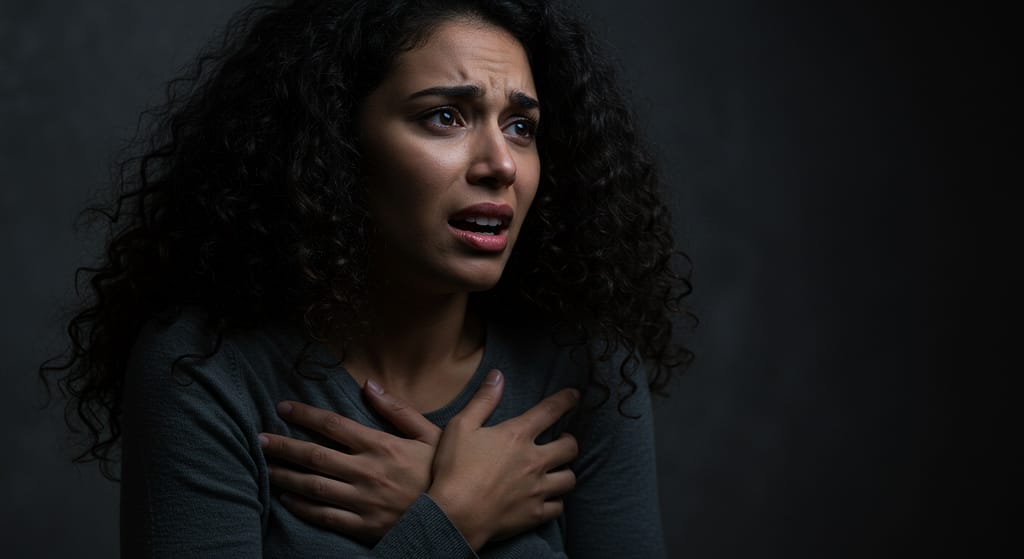Table of Contents
- Introduction: The Reality of Panic Attacks and Depression
- How Panic and Depression Interact
- The Effects of Combined Panic and Depression
- What Research is Revealing
- What Panic Attacks Feel Like
- Understanding You’re Not Alone
- Treatment Works
- Final Encouragement
Introduction: The Reality of Panic Attacks and Depression
Depression and panic attacks are increasingly common, often overlapping in the same individual. In the U.S., roughly 14 million people experience major depression, while over 3 million suffer from panic disorder. Many who experience depression also face chronic anxiety or panic attacks.

Panic symptoms often mimic other health conditions—like heart problems, asthma, or low blood sugar—making diagnosis confusing and frightening. Recognizing these conditions early is critical for recovery.
External resource: Mayo Clinic – Panic Disorder
How Panic and Depression Interact
Living with both depression and panic attacks without proper treatment can amplify emotional and physical distress.
- Depression alone can reduce motivation, energy, and social engagement.
- Panic attacks add sudden, overwhelming fear and physical symptoms.
Identifying both conditions is key to starting a path toward healing and regaining control.
The Effects of Combined Panic and Depression
When depression and panic attacks coexist, individuals may experience:
- Constant fatigue and hopelessness
- Heightened anxiety
- Frequent panic attacks
- Sleep disturbances
- Phobias triggered by panic-related fear
This combination can create an emotionally paralyzing cycle, where fear and low mood reinforce each other.
What Research is Revealing
Studies show a strong link between panic attacks and depression:
- Not everyone with depression experiences panic attacks, but many with panic disorders also display depressive symptoms.
- SSRIs (Selective Serotonin Reuptake Inhibitors) can treat both conditions simultaneously.
- Therapy, especially Cognitive Behavioral Therapy (CBT), supports symptom management and long-term recovery.
Internal link suggestion: Connect to Treating Depression for complementary approaches.
What Panic Attacks Feel Like
A panic attack is sudden and intense. Common experiences include:
- Feeling like you’re dying or losing control
- Heart palpitations or chest tightness
- Shortness of breath or dizziness
- Trembling, sweating, or nausea
- Sense of detachment from reality
Understanding these symptoms can help reduce fear and encourage seeking professional help.
Understanding You’re Not Alone
Many who suffer from panic attacks and depression feel isolated and misunderstood. Mental cycles of fear and negativity can amplify distress.
- Millions face similar challenges.
- Support networks, therapy, and early intervention can make a profound difference.
Treatment Works
Treatment for combined depression and panic attacks is highly effective:
- Therapy: CBT, mindfulness, stress management
- Medication: SSRIs or SNRIs prescribed by healthcare professionals
- Lifestyle adjustments: Breathing exercises, meditation, yoga, and regular physical activity
The first step is speaking to a medical professional and creating a personalized care plan.
Final Encouragement
You should never feel like you have to suffer in silence. Persistent low moods, frequent panic, or unexplained anxiety do not define you.
Take action today:
- Consult a healthcare provider
- Join support communities
- Practice grounding and relaxation techniques
You are not alone. Recovery and peace are possible.
